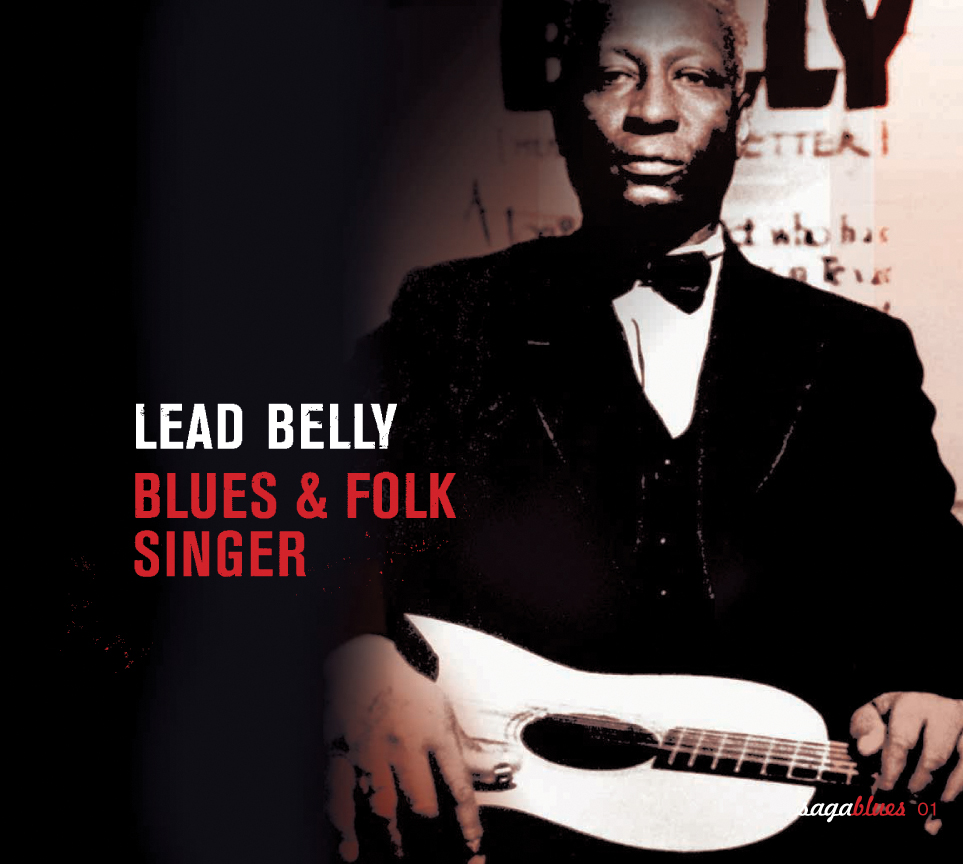
01 Lead Belly – Blues & Folk Singer
Part I – The Bluesman
Part II – The Songster
Sentenced to hard labour on several occasions, and discovered by chance (dressed in stripes and holding a guitar), Lead Belly came from slavery and became indeed Black America’s live hero of legend. His eventful wanderings took him from his native Louisiana to New York, a twisting path on which he gathered dozens and dozens of songs. Some were blues and some were work songs, and there was a whole pile of tunes that were folklore, but all were saved from oblivion by one of the greatest troubadours of modern times. In the extraordinary portrait gallery of popular Afro-American artists, Lead Belly has unique pride of place.
Selection: Jean Buzelin
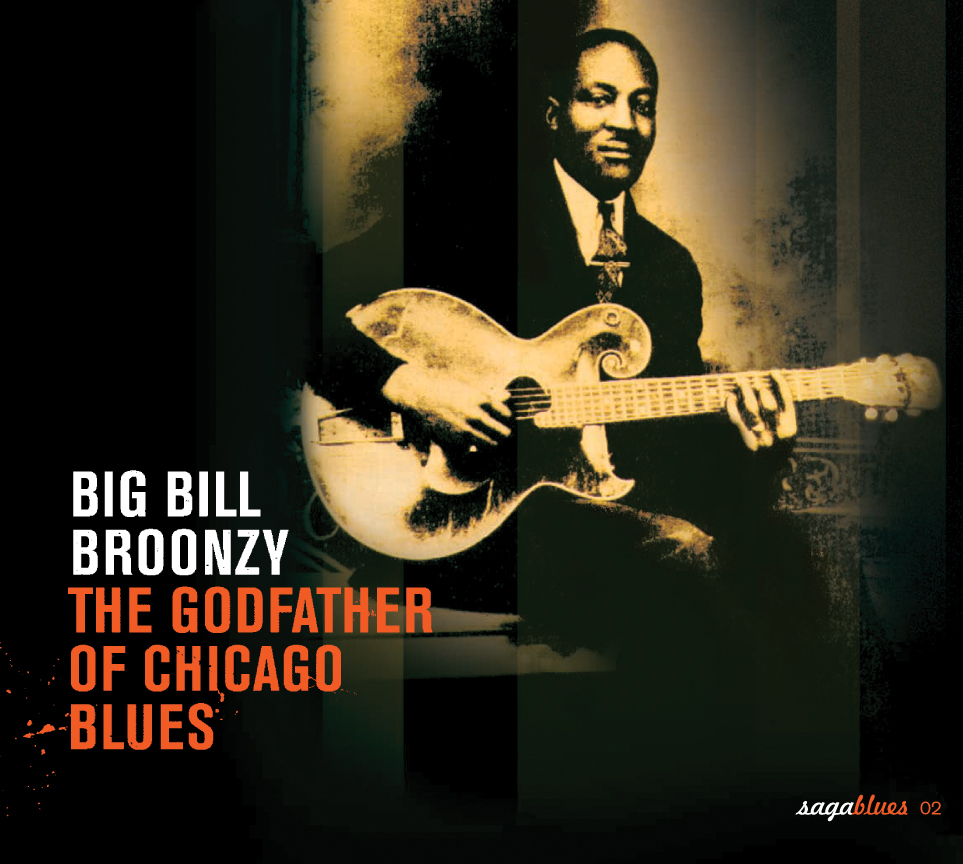
02 Big Bill Broonzy – The Godfather of Chicago Blues
Part I – Bronzeville Poet
Part II – Blues News
This electric-guitar pioneer long reigned over a world of clubs and taverns in Bronzeville — Chicago’s Black district — before he headed the revival that allowed blues to find an international audience in the Fifties. Transposing the blues tradition into an urban context between the wars, Big Bill added several hundred recordings to his achievements, records in which his highly refined poetic sense gave him a weapon to describe the ghetto’s day-to-day reality, and evoke with humour the events that left their mark on Black America in his day.
Selection: Sebastian Danchin
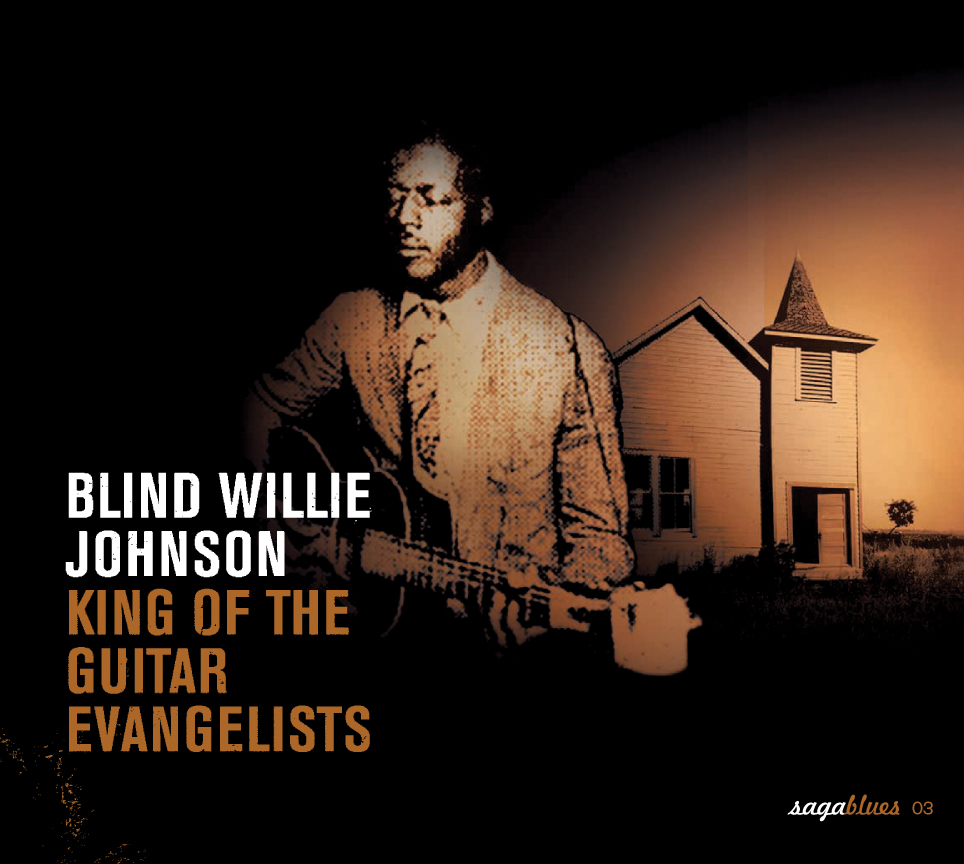
03 Blind Willie Johnson – King of the Guitar Evangelists
Part I – With His Wife
Part II – Alone with God
A mysterious and emblematic figure in Black America’s folklore, Blind Willie Johnson left one of the most powerful collections of work in the “holy blues” genre. His sermons, uttered in cries of gravel-voiced rage, and the knife-edged slide-guitar he played, never ceased to influence even the most prestigious musicians, from Fred McDowell to Ry Cooder. Wim Wenders chose this itinerant preacher as one of the main characters in his film The Soul of a Man, and the film in turn caused new accounts of the life and personality of Blind Willie Johnson to be disclosed which threw new light on his music.
Selection: Gérard Herzhaft
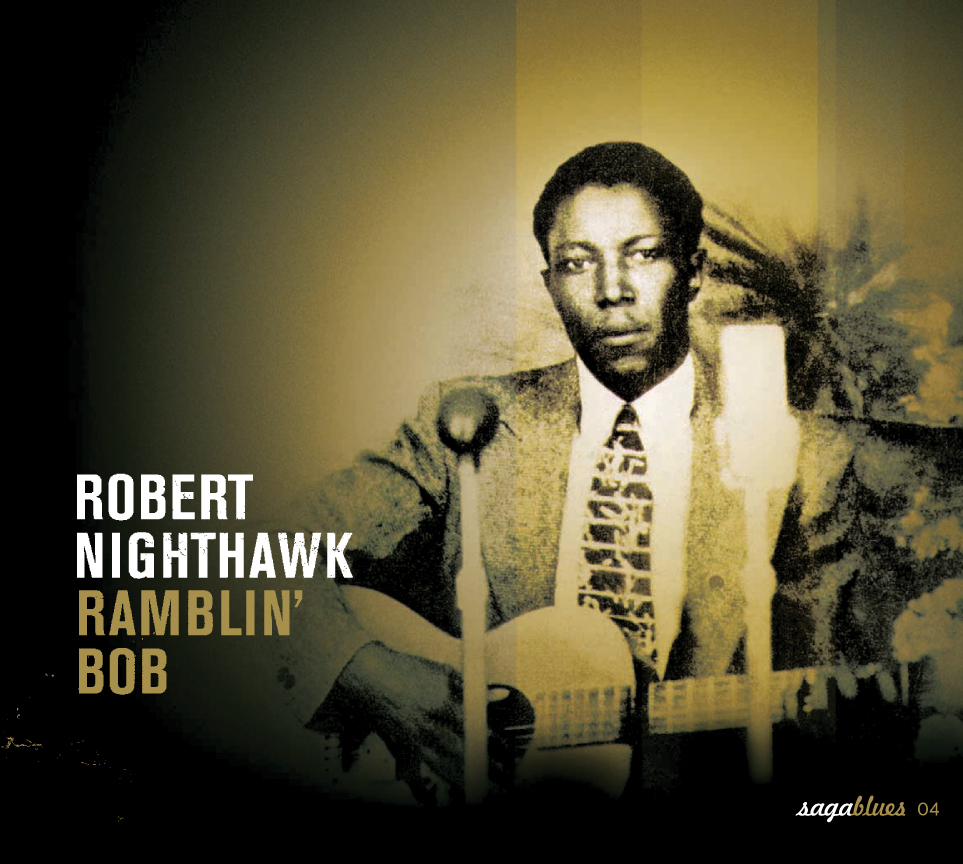
04 Robert Nighthawk – Ramblin’ Bob
Part I – Under the Name of Robert Lee McCoy
Part II – Also Known as Robert Nighthawk
He was an elusive character who fled or bypassed fame without ever meeting it; disappearing under one name (R. Lee McCoy) only to reappear under another, Robert Nighthawk was one of the purest representatives of the blues in all its reality, both in music and in life. His whole life contained, breathed, transported and transcended the deepest blues; many could play and sing it, but only a few could approach the vocal strength and disturbingly precise guitar of Robert Nighthawk.
Selection: Jean Buzelin
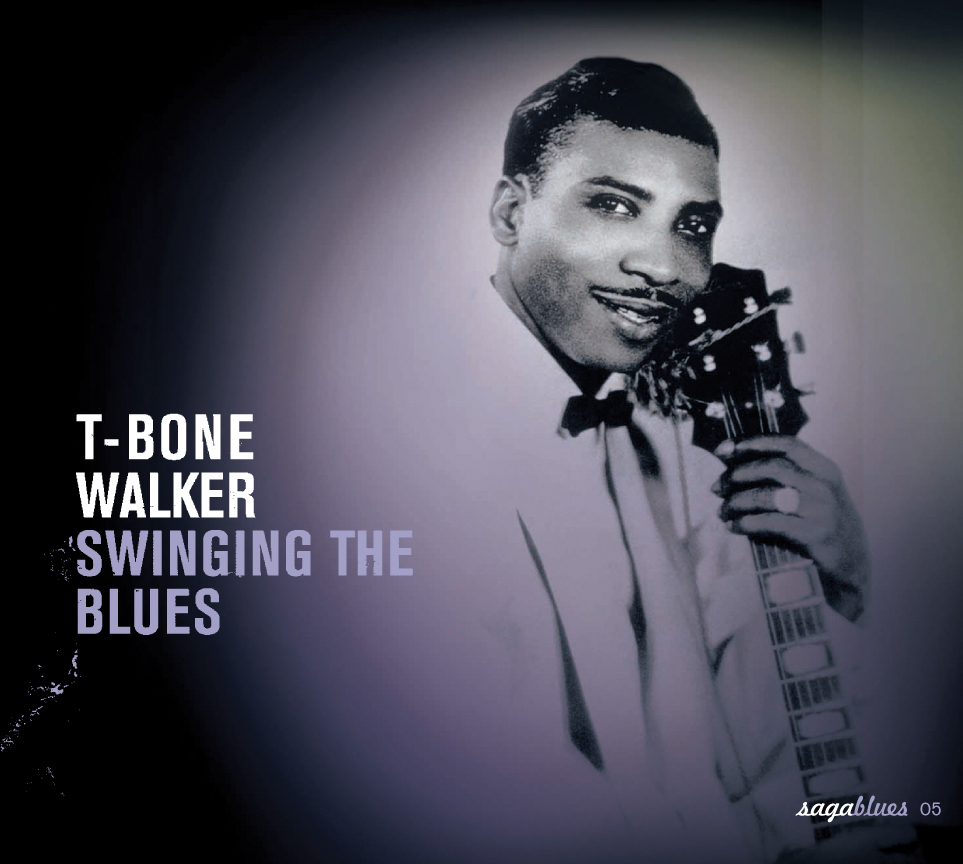
05 T-Bone Walker – Swinging the Blues
Part I – Swinging Guitar
Part II – Rhythm and Blues Idyll
The story of Aaron Thibeault Walker is tied to that of the electric guitar, the instrument whose pedigree he established in the world of Black popular music. Walker came from Texas; in the Forties he perfected a subtle mixture of blues and big band swing that was to make him one of the stars of the community, and an overwhelming majority hailed his brilliant creations, from Call It Stormy Mondayand T-Bone Shuffleto West Side Babyand Bobby Sox Blues… This volume follows T-Bone note by note throughout what has remained in history as his hour of glory.
Selection: Sebastian Danchin
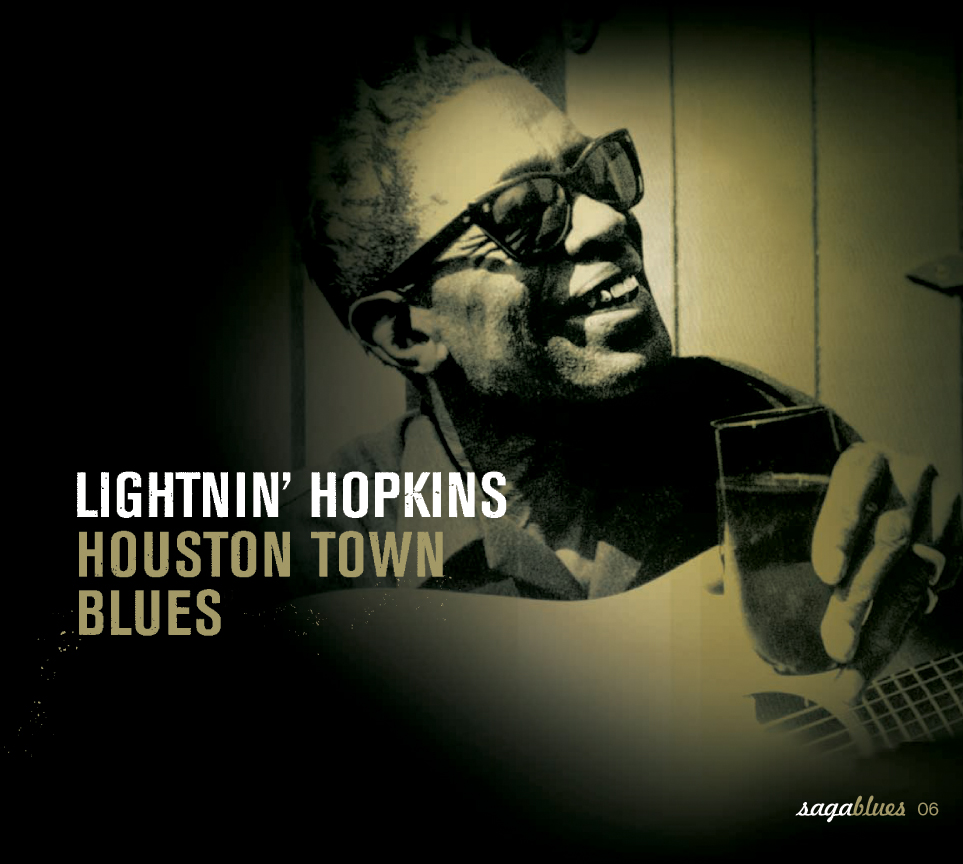
06 Lightnin’ Hopkins – Houston Town Blues
Part I – Woman Blues
Part II – Black Life
Texas is, like Mississippi, the cradle of the blues. In the same way as John Lee Hooker offered an alternative to the sophistication of B.B. King at the end of the Forties, Sam “Lightnin’” Hopkins distinguished himself from the orchestral style of T-Bone Walker by preserving the raw truth in original Texas blues. A regular sight in the bars of Houston’s Third Ward district, Hopkins claimed to be the spokesman for everyone in the workers’ community with nostalgia for his rural origins. His flurries on guitar and improvised refrains carried a deeply moving message that made him one the great poets of his time.
Selection: Sebastian Danchin
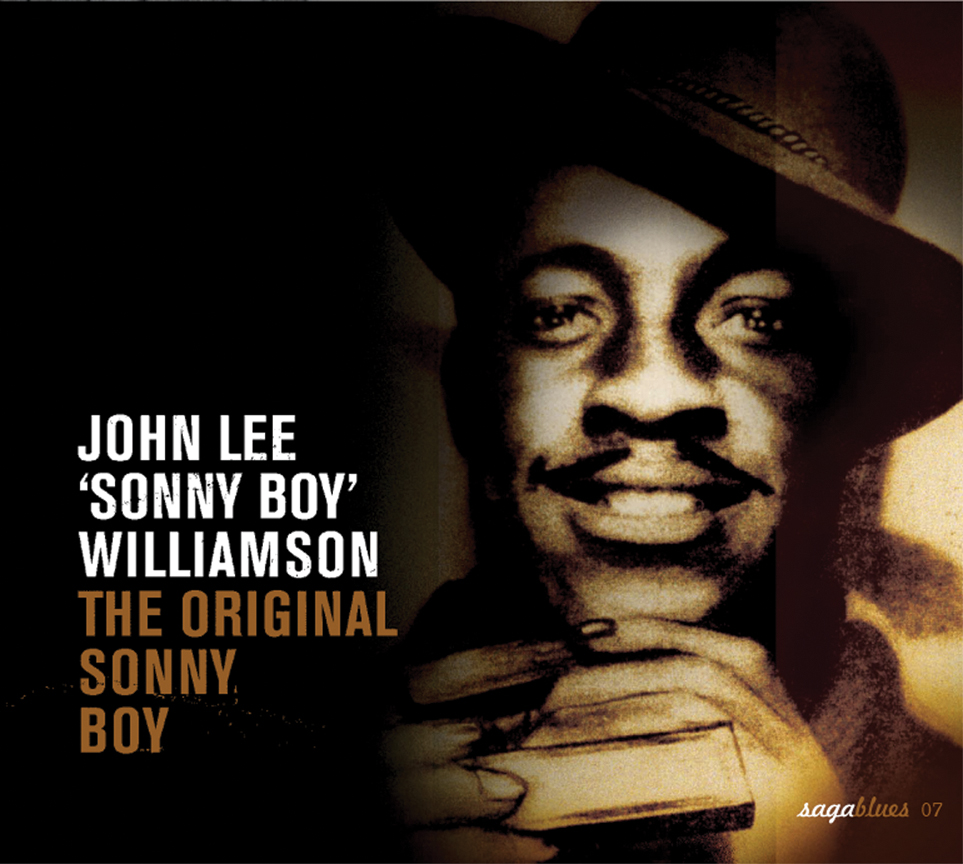
07 John Lee ‘Sonny Boy’ Williamson – The Original Sonny Boy
Part I – From the Country to the Big City
Part II – From Blues to Rhythm and Blues
Often confused with Rice Miller — an eccentric postwar harmonica-player whose identity he’d “borrowed” —, John Lee Williamson was the father of modern harmonica blues. After leaving his native Tennessee at a very early age, Sonny Boy followed the natural road taken by Black emigrants and found himself in Chicago. Until his tragic death in 1948, his language grew more sophisticated as the size of his group increased, and his repertoire embraced the preoccupations of Black urban America; at the same time, his music flirted with rhythm & blues while his harmonica grew equal to his guitar in the world of Chicago blues. This volume should rehabilitate the genius of a first-rate creator too-often neglected by blues-lovers everywhere.
Selection: Sebastian Danchin
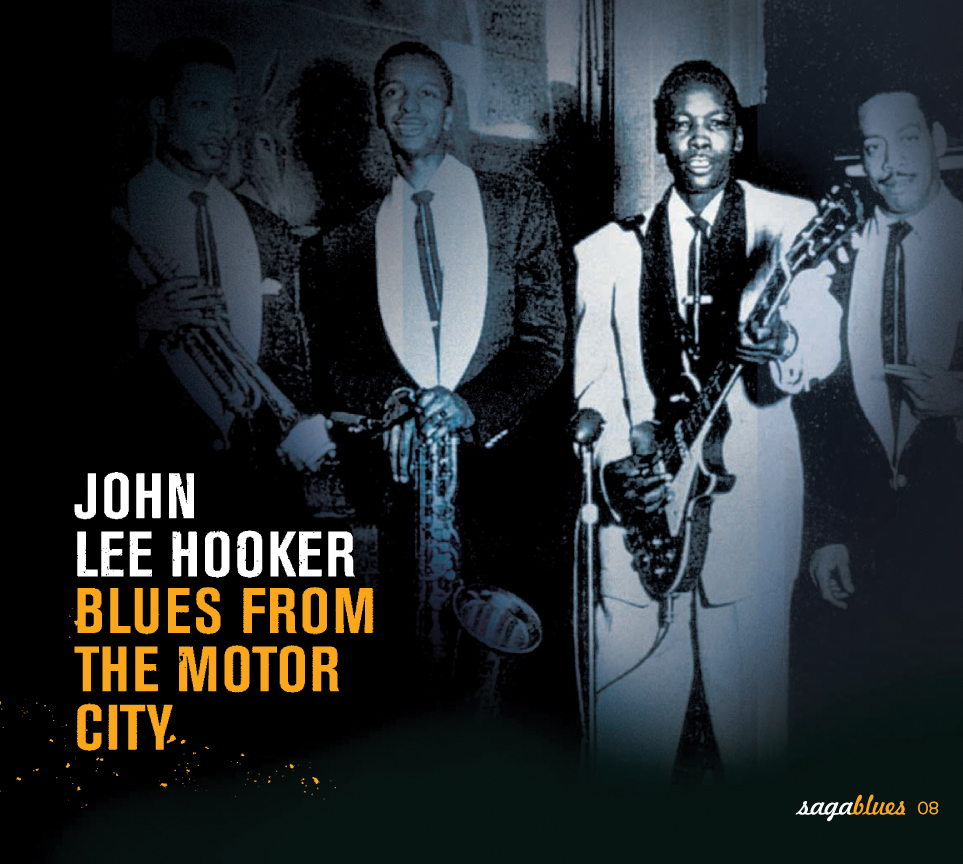
08 John Lee Hooker – Blues from the Motor City
Part I – John Lee and His Guitar
Part II – Detroit Combo Blues
The most famous “praise singer” in the oral tradition of the blues emerged from anonymity in 1948, thanks to the success of Boogie Chillen’,and his long meanderings led him finally to Detroit, the capital of the American automobile. A primitive guitar riff, the frenzied stamp of Hooker’s foot, and the hypnotic attraction of his deep voice generally sufficed to bring the crude, picturesque musical language of the Mississippi Delta right up to date. When faced with competition from the nascent rhythm & blues genre, John Lee gradually began to play with accompanists, but his music retained the veracity that particularly touched the rural proletariat in the South, constantly searching for a more promising future in the industrial North.
Selection: Sebastian Danchin
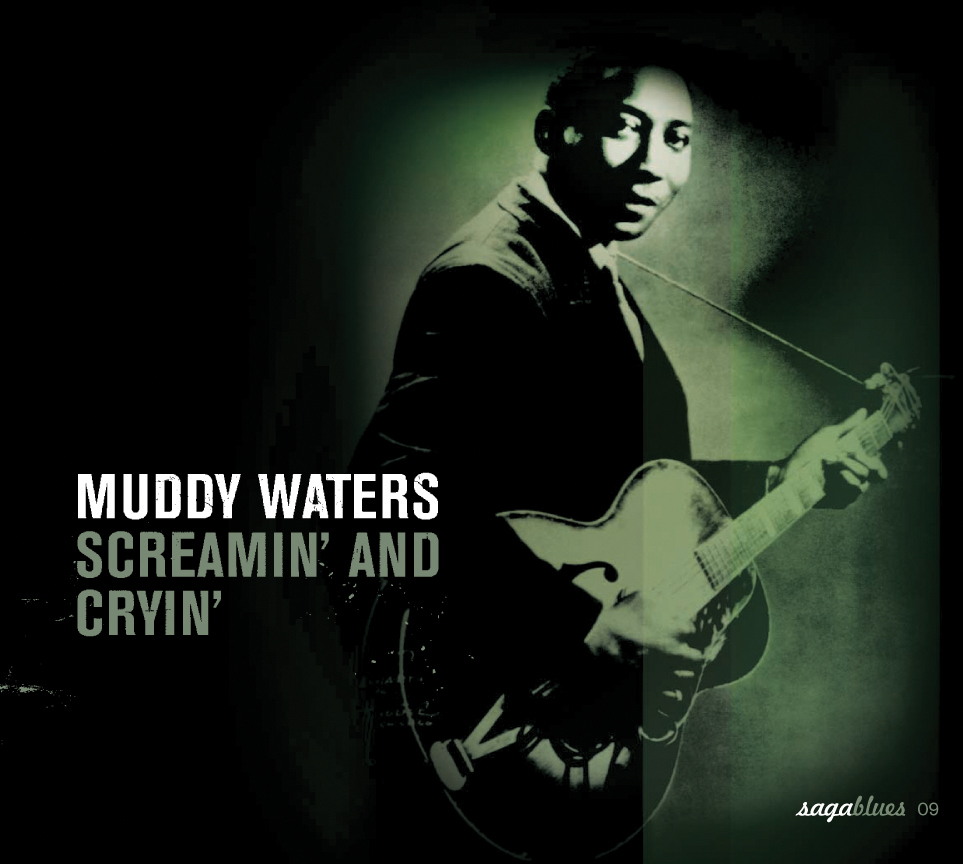
09 Muddy Waters – Screamin’ and Cryin’
Part I – Muddy Waters and His Guitar
Part II – Muddy Waters Blues Band
If you could choose only one piece in a musical genre, the blues (and exploring its multiple paths is still an endless task), and if you had to designate a single artist as a symbol for the genre, then you’d pick Muddy Waters, and one of his tunes, without a second thought. His immense stature set him apart, and the exceptional singer incarnated a history of music that was over a century old. Muddy Waters stood at its heart, representing both the former, traditional rural blues and the modern, urban electric version. Whether you’re seeking traces of Son House or Robert Johnson, or rolling after The Stones, you can’t escape Muddy Waters, the least avoidable figure of them all.
Selection: Jean Buzelin
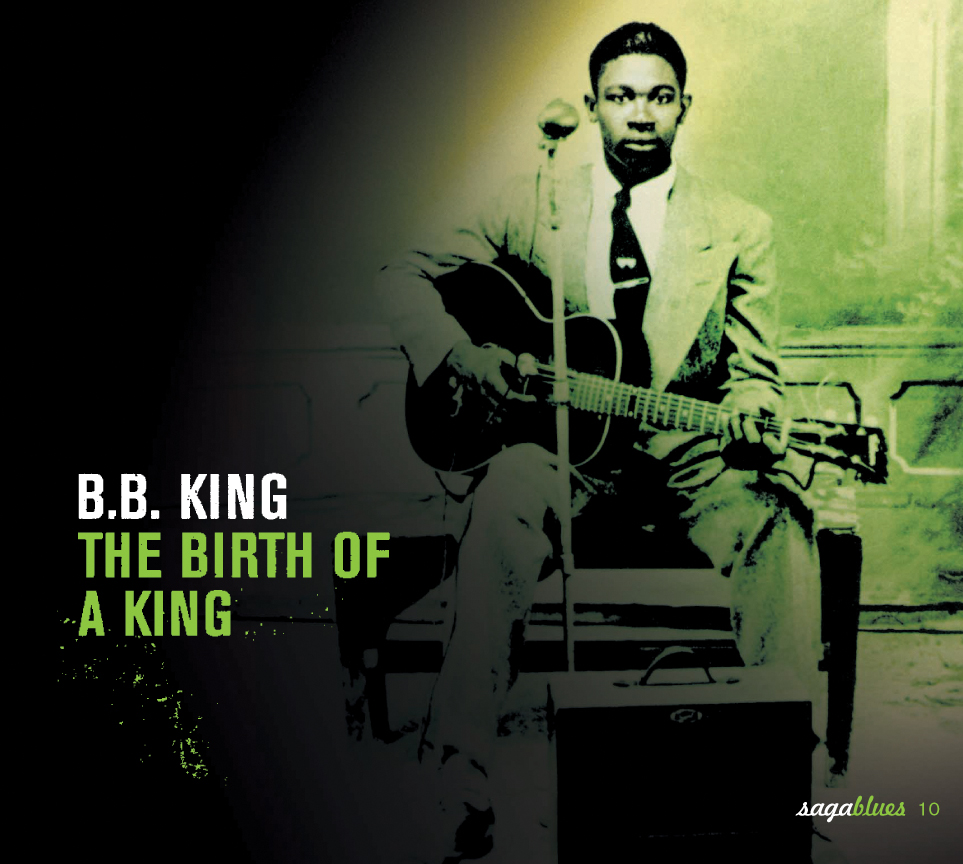
10 B.B. King – The Birth of a King
Part I – The Vocalist
Part II – The Guitarist
Before he dominated America’s ghettos and the international stage as the “King of the Blues”, B.B. King had begun by trying his luck as a crooner. His recording debuts revealed a future creator whose guitar was slowly growing in assurance to the point where it gradually took over from his voice. This volume moves between his initial 78s, strongly marked by swing, and the revelation of his first hit, Three O’Clock Blues; it also covers the discreetly muffled ballads of which he was so fond. The result is a detailed chronicle of a little-known metamorphosis.
Selection: Sebastian Danchin
